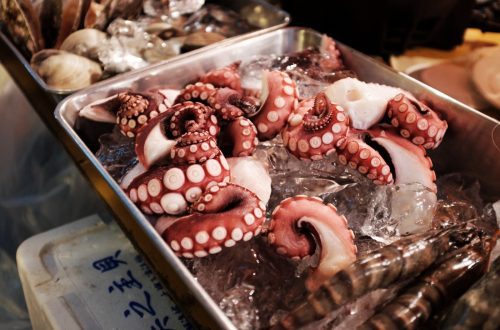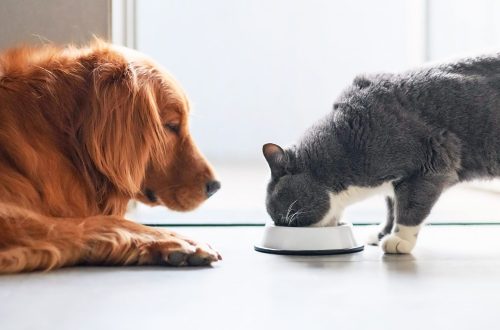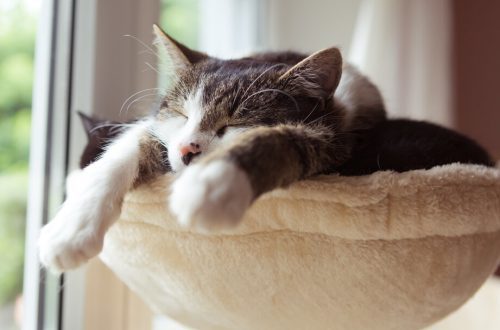
Ascites in cats: symptoms and treatment
If the pet has gained weight and become completely lethargic, and his stomach is swollen, you should contact a specialist – perhaps the animal has dropsy. Hills experts provide the most important information about feline ascites, its symptoms and treatment.
Contents
What is ascites in cats
Ascites, or dropsy of the abdominal cavity, is not a separate disease, but a condition of the body that develops against the background of other diseases and means an excessive accumulation of fluid in the abdominal cavity. Ascites is observed in caudates of different breeds, gender and age: yes, a kitten can also have fluid in the abdomen. This is a rather dangerous disease: it complicates the work of internal organs and can lead to death.
Causes of ascites
Most often, ascites is a complication of pre-existing injuries or chronic diseases, such as:
- liver problems;
- pancreatic diseases;
- various cardiovascular pathologies;
- kidney failure;
- diabetes;
- oncological diseases;
- peritonitis;
- viral disease
- rupture of the bladder and others.
Abdominal dropsy in a cat often occurs against the background of obesity and physical inactivity due to a sedentary lifestyle. It can also occur due to malnutrition, when a cat eats too much salty and smoked food.
Symptoms of Ascites in Cats
The accumulation of fluid is a gradual process, so at the initial stage this condition is almost asymptomatic. There is always a small amount of fluid in the abdominal cavity, and the first noticeable signs appear when this amount begins to significantly exceed the norm.
The most obvious symptoms of ascites, noticing which you need to contact veterinarian:
- swollen abdomen, hard to the touch; the cat cannot lie on its stomach and is forced to lie on its side;
- the stomach is rounded when the cat is sitting, and takes on a pear shape when the animal stands on its hind legs;
- loss of appetite – up to a complete refusal to eat;
- constipation or, conversely, diarrhea;
- vomiting;
- swelling;
- yellowing of the mucous membrane;
- breathing problems – shortness of breath, wheezing, coughing, etc.;
- lethargy, weakness, fatigue.
Of course, having noticed a bulging belly in a pet, you don’t want to immediately think about the bad. You can decide that the cat is pregnant, that she has flatulence, or she simply overate. But it’s better to play it safe once again: it’s one thing if it’s really gases or a cat is going to become a mother, and quite another if the animal has health problems.
What is the easiest way to determine if it is acidosis or not? Raise the pet by the armpits so that it assumes a vertical position. If the fluid “flowed” into the lower abdomen, and then, when the cat was put back, returned back, it is likely that this is indeed dropsy of the abdominal cavity.
Diagnosis of ascites
You should not focus only on external signs and make a diagnosis yourself. The veterinarian will perform an examination to make sure that it is ascites and not a disease with similar symptoms, such as peritonitis.
After collecting an anamnesis and palpation, additional studies may be required:
- Ultrasound of the abdominal cavity;
- abdominal x-ray;
- blood tests;
- urine tests;
- analysis of accumulated fluid and others, as needed.
After assessing the condition of the cat and making an accurate diagnosis, the doctor will offer options for further action.
Treatment of ascites
Abdominal dropsy in a cat is not an independent disease. So, first of all, it is important to identify and cure the underlying disease. Then its consequence, ascites, will also pass. Therefore, treatment should be comprehensive and include:
- puncture (if necessary) – a puncture of the abdominal wall to remove ascitic fluid;
- treatment of the underlying disease;
- taking diuretics; if necessary – drugs to strengthen the cardiovascular system, improve the functioning of the gastrointestinal tract and others.
Another key point is diet. You need to feed your pet with protein-rich food, completely exclude everything salty, spicy and smoked, limit fluid intake. A suitable nutrition plan should be developed by a veterinarian.
It is important to understand that the likelihood of a favorable outcome depends largely on the age and condition of the cat, as well as when treatment was started. With timely and competent therapy and compliance with all the prescriptions of the attending physician, the chances of recovery are quite high.
Prophylaxis of ascites
To prevent the development of pathology, it is important:
- make sure that the diet is varied and nutritious;
- make sure that the cat moves enough;
- do routine vaccination;
- treat a pet from parasites;
- treat existing diseases;
- see your veterinarian regularly.
If any suspicious symptoms occur, you should not try on the role of Aibolit – you should immediately consult a doctor. The sooner a specialist establishes a diagnosis and begins treatment, the more likely it is that the fluffy pet will recover.
See also:
- Urolithiasis in cats – symptoms, treatment and prevention
- Osteoarthritis in cats: caring for a cat with joint disease
- Kidney disease in a cat: causes, symptoms and treatment





